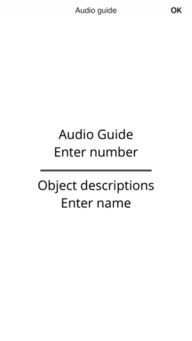In the serene world of fishing, the thrill of the catch often comes with the challenge of outsmarting the fish. One such challenge is the dreaded "hook pull," where a fish manages to escape from the hook, leaving the angler feeling frustrated. To elevate your fishing game and ensure a successful day on the water, mastering the art of preventing hook pulls and winning the tug-of-war is crucial. Here’s a comprehensive guide to help you refine your technique and become a more skilled angler.
Understanding the Hook Pull

Before delving into the techniques, it’s essential to understand why hook pulls occur. Common reasons include:
- Insufficient Hook Set: If the hook isn’t set properly, the fish may simply shake it loose.
- Weak Line or Hook: Poor quality equipment can lead to a failed attempt to secure the catch.
- Inexperienced Technique: Lack of practice can result in mistakes that allow the fish to escape.
- Fish Strength and Size: Larger fish are naturally stronger and more adept at evading hooks.
Preventing Hook Pulls
- Choose the Right Gear: Invest in high-quality hooks and lines. Stronger hooks and lines are less likely to break during a struggle.
- Proper Hook Set: When you feel a bite, don’t just set the hook; play the fish for a few seconds to ensure it’s properly hooked.
- Use a Sharp Hook: A sharp hook holds better and is less likely to be shaken off.
- Adjust Lures and Bait: Make sure your lure or bait is the right size and type for the fish you’re targeting. A mismatch can lead to less effective hook penetration.
- Practice Knot Tying: Mastering knots like the Palomar or the Improved Clinch can greatly increase your chances of keeping your catch.
Winning the Tug-of-War: Techniques for Handling Fish
- Play the Fish: Allow the fish to tire itself out by playing it gently. Don’t pull too hard, as this can lead to a hook pull or injury to the fish.
- Use a Net: Once the fish is close to the boat, use a net to help land it. This reduces the strain on your line and hook.
- Handle the Fish Carefully: Once you have the fish in the net, handle it with care. Avoid unnecessary stress on the fish’s mouth or body.
- Use a Bait Holder: If you’re using live bait, consider using a bait holder to prevent the fish from shaking the hook loose.
- Be Patient: Remember, patience is key. Rushing can lead to mistakes that result in a hook pull.
Advanced Techniques
- Use a Drag System: A drag system allows you to adjust the tension on your line, making it easier to control the fish without overexerting yourself.
- Employ a Landing Mat: A landing mat can help you safely land the fish without damaging its scales or fins.
- Consider the Fish’s Environment: Be aware of the fish’s habitat. For example, if you’re fishing in a river, the current can make it more challenging to land a fish.
Conclusion
Fishing is a sport that requires patience, skill, and the right techniques. By understanding the common causes of hook pulls and mastering the art of winning the tug-of-war, you can enhance your fishing experience and increase your chances of a successful day on the water. Remember, the key to preventing hook pulls is a combination of quality equipment, proper technique, and a deep understanding of the fish you’re targeting. With practice and dedication, you’ll become a more skilled angler, able to handle even the most challenging catches with ease. Happy fishing!












